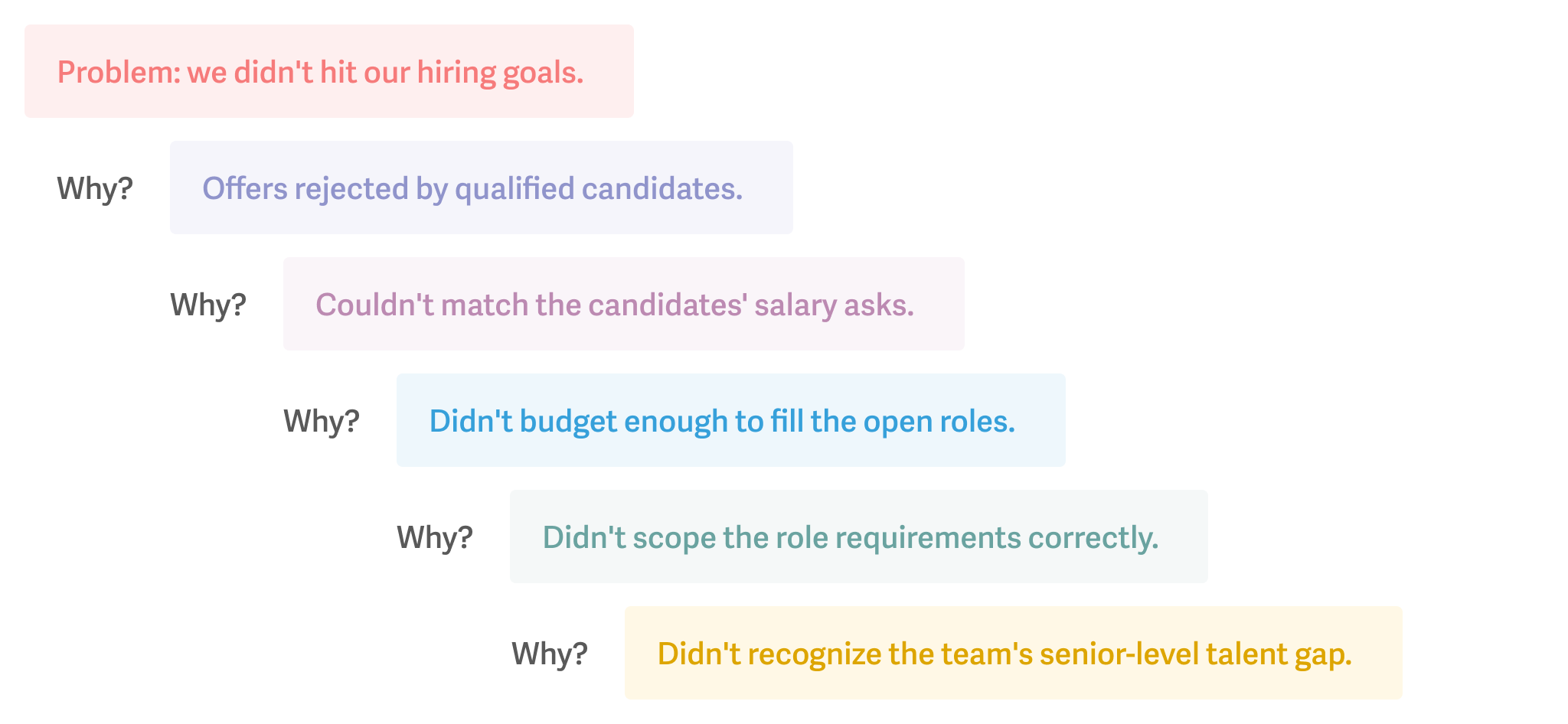
How did you feel the last time you made a mistake?
Did your heart sink and your pulse race? Or did you feel energized by the chance to reflect, learn, and change course?
Mistakes sharpen your brain's ability to learn — if you cultivate malleable intelligence. Here's how...
Fixed and malleable intelligence
Incredibly, your ability to learn from mistakes depends on your beliefs about intelligence.
You are more likely to learn from mistakes if you believe in malleable intelligence (that your intelligence can increase or decrease over time).
You are less likely to learn from mistakes if you believe in fixed intelligence (that your intelligence is predetermined).
How does this work?
When you make mistakes, electrical activity lights up your brain and prompts you to modify how you perform a task. Neuroscientists call this Error-Related Negativity (ERN) — and it occurs before you are even conscious of mistakes!
People who believe in malleable intelligence experience large ERN Responses. This primes their brains to learn from mistakes.
The "Own–Analyze–Fix" Framework
How do we build malleable intelligence? By reframing mistakes as opportunities for growth.
The Superhuman team follows the Own–Analyze–Fix Framework:
- Own: "I made a mistake."
Owning dispels defensiveness — and places us in a frame of mind to learn. - Analyze: "On reflection, it happened because…"
Analyzing probes beyond assumptions — and uncovers the mistake's true source. - Fix: "I'm going to…"
Fixing puts our learning into practice — and prevents the mistake from recurring.
The "5 Whys"
"Own" and "Fix" are fairly straightforward. How can we "Analyze" as deeply as possible?
At Superhuman, we follow Sakichi Toyoda's famous interrogative technique: the "5 Whys".
Let's say you missed your hiring goals in 2020.
You think you know why: qualified candidates keep turning down offers. But to reveal the real problem, ask why 5 times. You'll see a chain reaction with multiple points of failure. Then critically examine each link in the chain. Which ones should you fix?

In this example, a bigger budget wouldn't hurt. But the "5 Whys" reveal a more essential fix: you need more senior talent.
The faster you fix this root problem, the sooner you will fix everything else.
Through Own–Analyze–Fix and the "5 Whys", you can build malleable intelligence and transform setbacks into successes! At Superhuman, every team creates Analyze–Fix documents and shares them in a library accessible to all.




